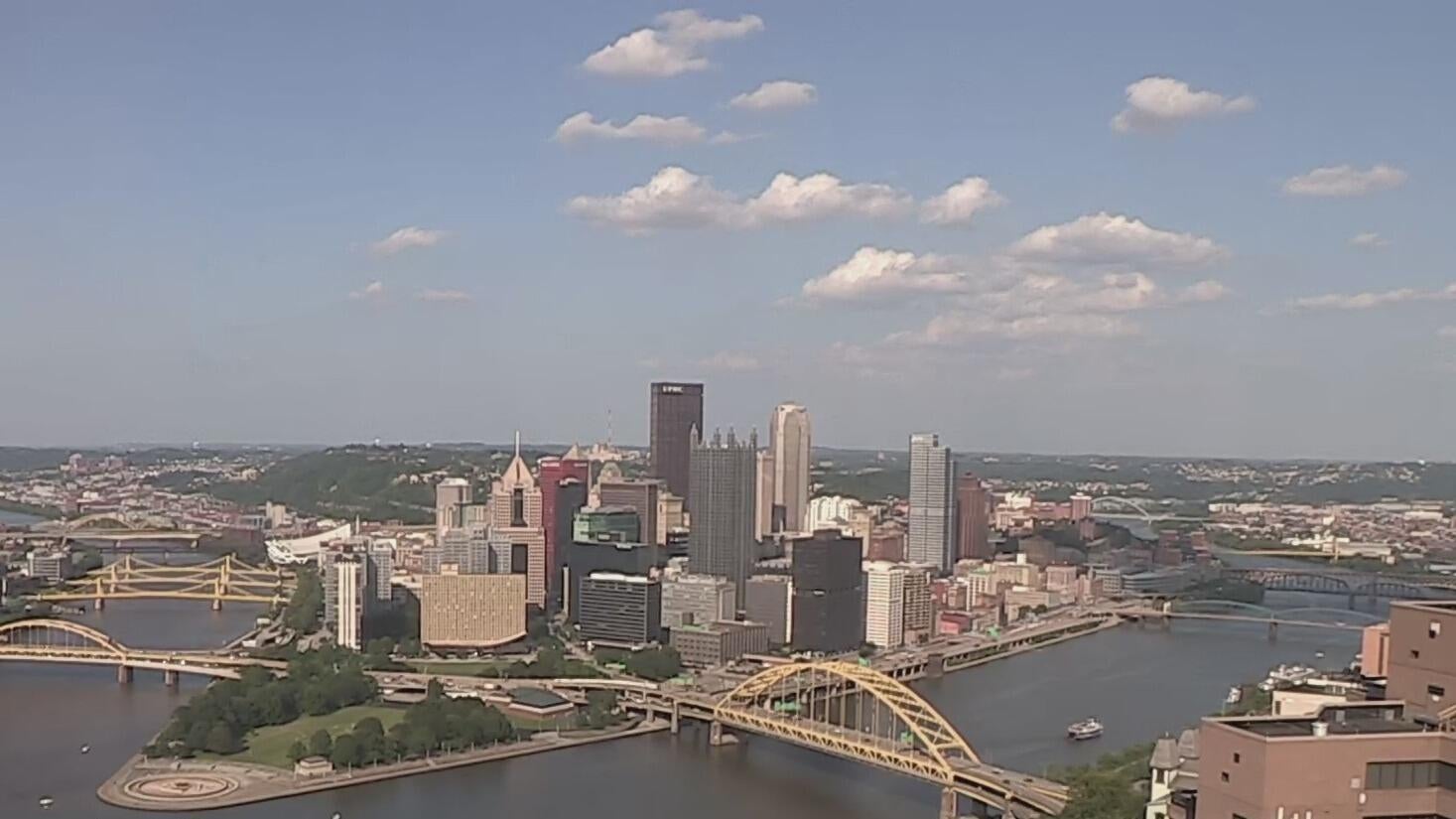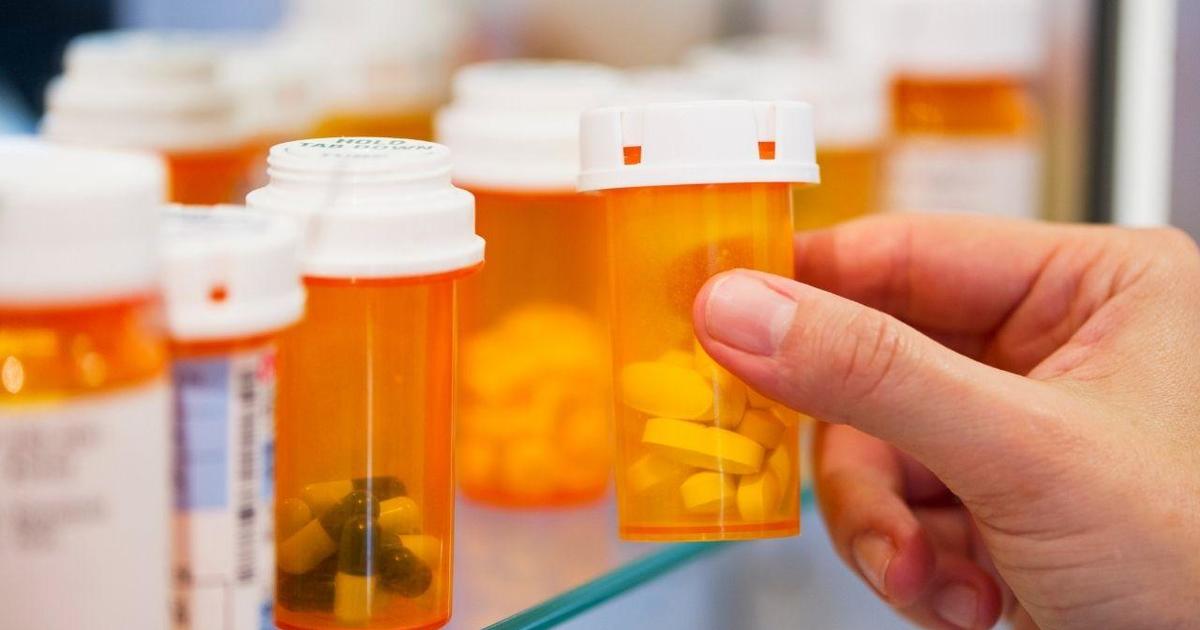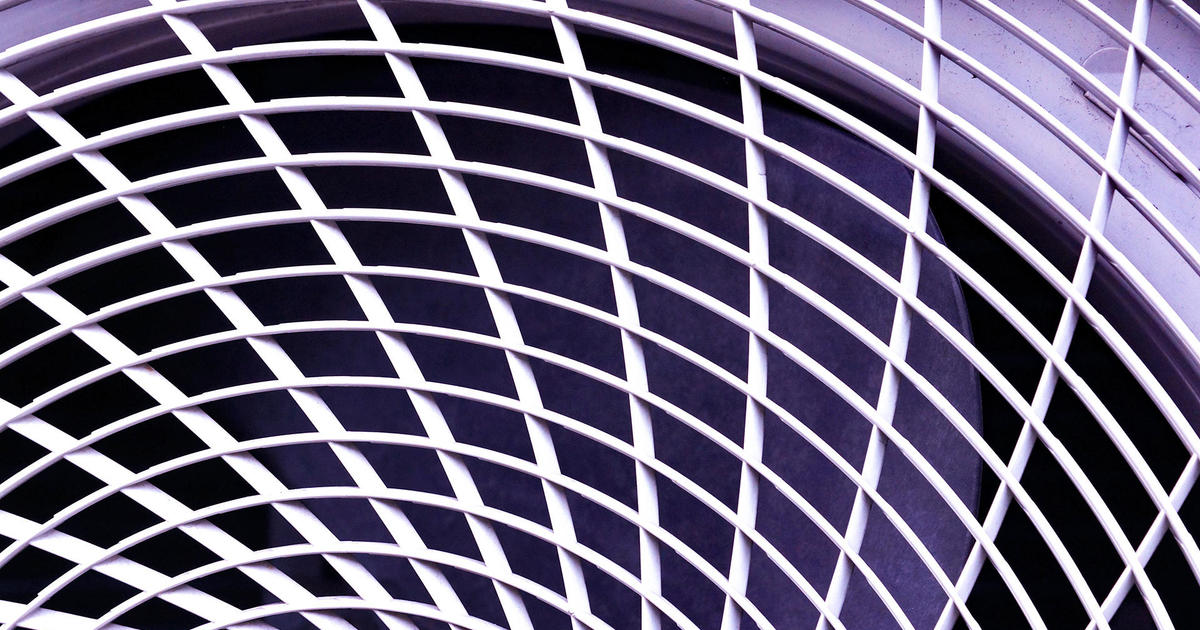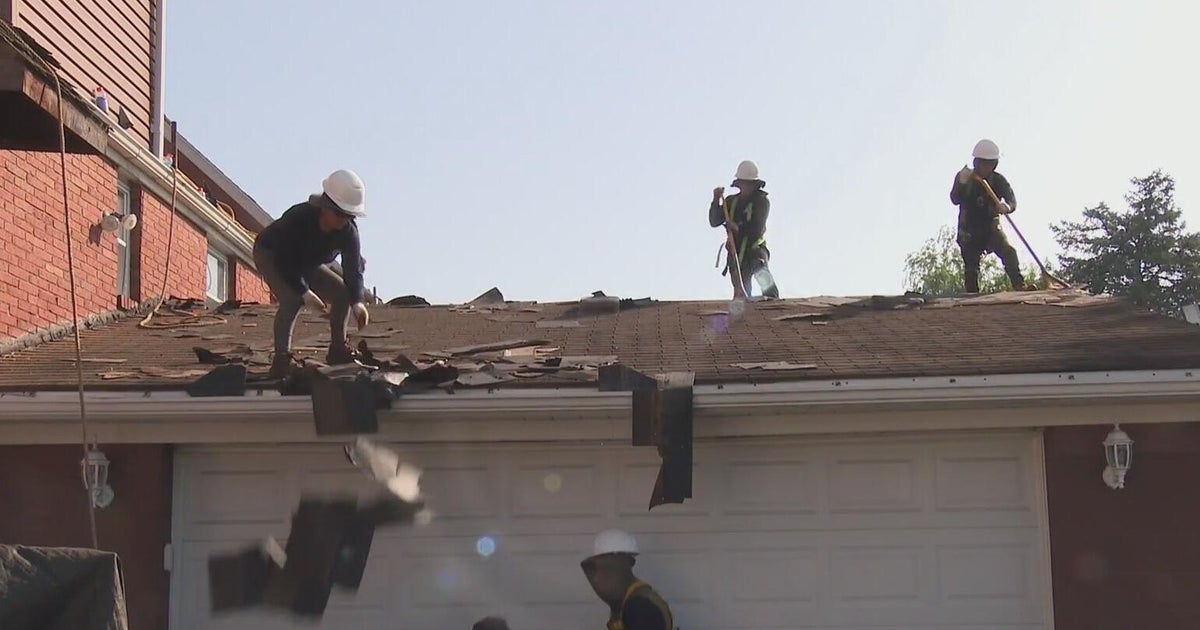How to tell the difference between heat exhaustion and heat stroke
As the Pittsburgh area deals with the extreme heat, doctors are warning that there can be serious health consequences. And in some cases, heat-related illnesses can be deadly.
Dr. Brent Rau, the medical director of Allegheny General Hospital's Emergency Department, said they've seen some severe heat-related cases. UPMC also acknowledged that heat-related illnesses are up at all of their hospitals. The two major medical conditions to be concerned with in this type of heat are heat exhaustion and heat stroke.
"We've seen more patients over the past weekend as this heat wave has kind of stretched over the weekend, into Monday," Rau said.
Difference between heat exhaustion and heat stroke
Between heat exhaustion and heat stroke, heat exhaustion is the less serious of the two. Dizziness, extreme thirst, heavy sweating, nausea and weakness are signs. You should quickly get to somewhere cooler, loosen clothing and sip water.
Heat stroke is quite serious and can even lead to death or a permanent disability. Doctors say it can often have stroke-like symptoms like confusion, dizziness and even unconsciousness. Body temperature goes to over 104 degrees and can not cool on its own. The main thing to do is call 911 for immediate help.
"Can you self-diagnose these things?" KDKA-TV's Barry Pintar asked.
"I mean, you can self-diagnose in the fact that you can tell you're getting overheated and the fact that you recognize hey, I'm very hot, I am at the point now where I am nauseated, I am light-headed, I am not feeling well, I am sweating excessively. It progresses to the point where I am now not functioning right, to the point where I'm no longer sweating because I'm so profoundly dehydrated."
Heat exhaustion and heat stroke are not necessarily mutually exclusive, because heat exhaustion, if untreated, can quite easily lead to heat stroke.
Heat can make ordinary objects dangerous
With this dangerous heat, it can be a hazard to go outside. Add in the direct sunlight and everyday objects can become dangerous for yourself and children.
To no surprise, playgrounds in Pittsburgh were empty in the middle of Tuesday as the sun beat down on them and made the equipment hot to the touch.
"It's hot. It's just extremely hot out here," Michael Ferguson said while taking a walk in Monroeville Community Park West.
KDKA-TV's temperature gun found the slide to exceed 155 degrees.
"Makes it very easy for kids to get burned," AHN chair of pediatrics Dr. Joe Aracri said.
According to Dr. Aracri, this can lead to first-, second-, even third-degree burns if people are not careful. He said it's most common to see contact burns from surfaces like this on the hands, thighs and back. UPMC's Dr. Leonard Weiss said metals and dark plastics are excellent sources to retain the heat on days like this.
"Those can absorb heat and retain heat to a point where they are even hotter than the temperature of the air," Dr. Weiss said.
Going around the playground, KDKA-TV routinely found surfaces to be above 110 degrees, but step in the shade, and surfaces like the concrete dramatically drop to about 91 degrees.
Other hazards include your car. KDKA-TV checked a car seat not even sitting in direct sunlight, and it was about 105 degrees. The interior that was getting hit by the sun was more than 160. Of course, watch out for the belt buckles too, as they tend to heat up.
"Other things that can help is putting down a sheet or towel. That way, they are not directly on the hot surface," Dr. Aracri said.
It's recommended you touch the surface before putting yourself or a child on it. If it's too hot for you, it's too hot for them.
"Kind of like you're feeding your child milk; you check the temperature first. You check the bath water," Dr. Weiss said. "Any responsible party might just reinforce the fact that those surfaces are in fact safe to contact."
Both doctors say they have not seen anyone come in yet for contact burns during this heat wave.




